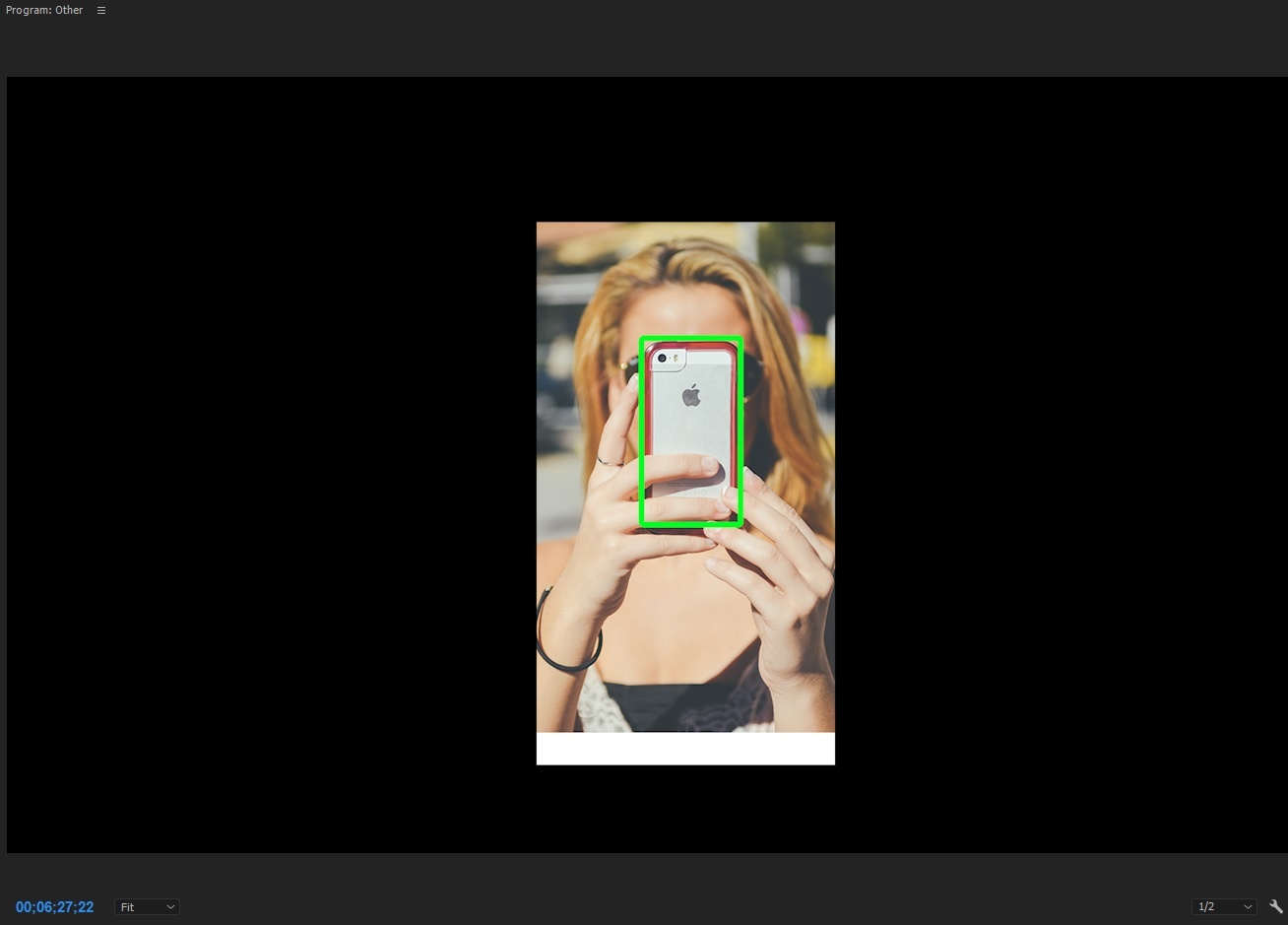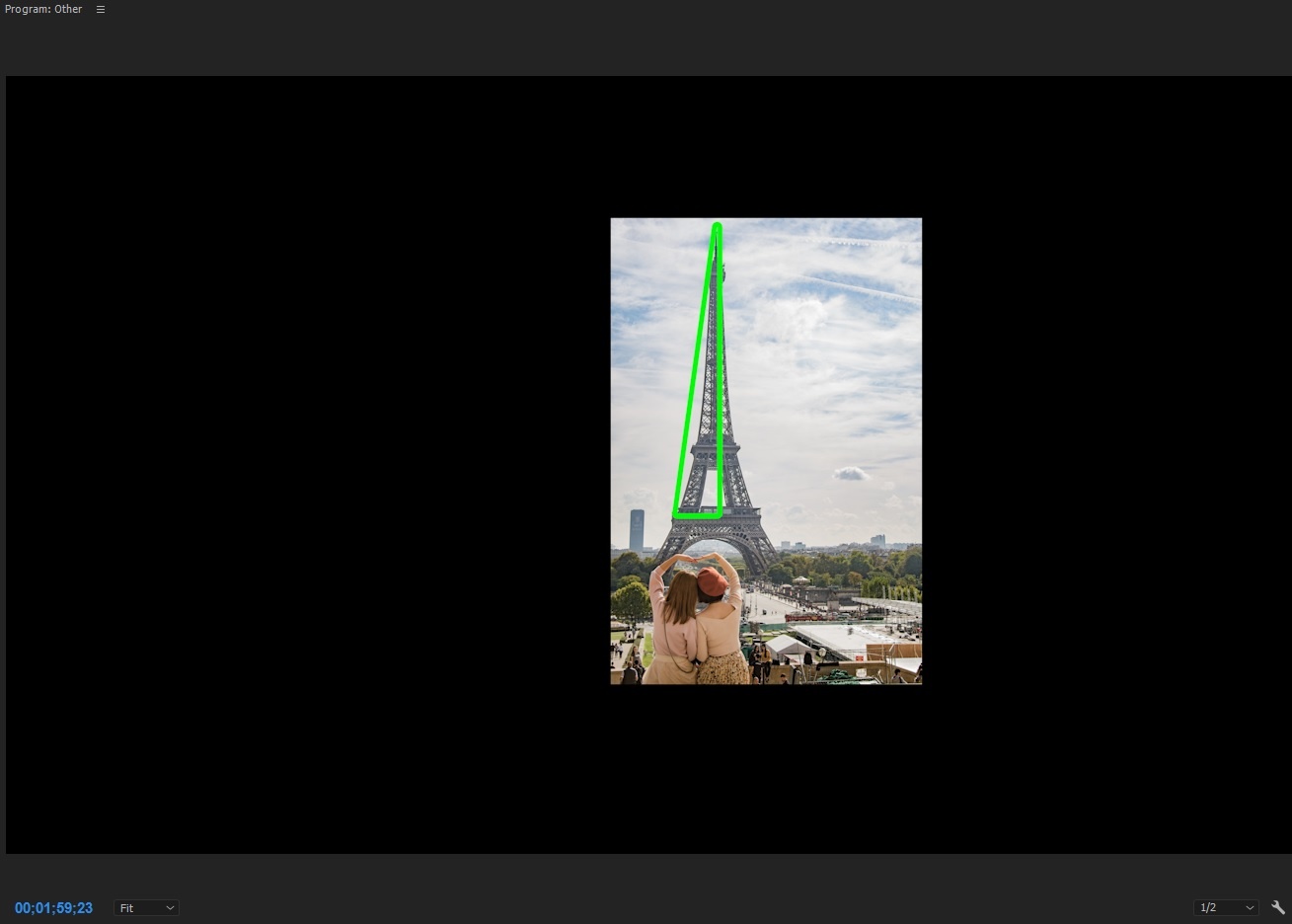A few days ago, I published a copycat video on my Vimeo account. After the video was first shared by DPReview, the file became viral and got shared hundreds of thousands of times all over Internet. How did I produce this little funny video? How does having 250,000 views per day affect your visibility and social network accounts? And finally, what does this video really mean?
A Sarcastic Copycat Video Making Fun of People and Myself
I came up with this idea last summer while visiting Rome. As I was walking toward the famous Trevi Fountain, I discovered that the plaza was full of people and couldn't even manage to get close to the fountain. Hundreds of people were buzzing all around, some forming a huge line to take the perfect picture in front of the popular landmark. At the moment, I found this sight deplorable and ridiculous, yet, I was one of these tourist, not better or worse. Like everybody else, I purchased a cheap flight to Rome and booked a hotel nearby. As I noticed the rush to reach the fountain and get a selfie, I remembered a video I saw a year earlier from the French Artist Hiérophante and I decided to adopt his concept but focus on the travel side of it.
The Hiérophante video called “Cliché” was also inspired by previous videos and the genre is not new (for instance this one, here, and there). However, the pace of his video, the hashtags, and the perfect song produced a unique result. I simply followed the idea and added a few extra visuals like the Instagram header and the notification interface with the “like” pop-ups. Despite crediting the original artist as much as possible, I couldn’t avoid the critique, which is natural. The creative process is always dynamic and it’s common to get inspired by other people’s work. I contacted Hiérophante after publishing the video and he was extremely elegant and fair play with my work saying: “to be honest, I thought that you would do something different than me and I’m a little bit disappointed. Without accusing you of plagiarism, I think that you did a very similar video. However, thanks for adding me in the credit. I saw that your video is soaring, congratulations.”
If anything, I did this video because I love his work. Not only does Hiérophante produce great videos, but he also composes the songs himself.
What’s the Point? What’s the Message?
Considering that anything can be controversial on the Internet these days, some backlash was to be expected. Viewers’ reactions were mostly positive but I had my share of negativity. Personally, I’ve become immune to bad comments over time. You will never please everyone no matter what you do.

Some polarized reactions and comments from the internet
There is no point or message in this video, I just wanted to create a fun little video and explore a different editing technique. If anything, it reflects the importance of social networks in our life. As I said before, I don’t put myself above the crowd. I’m one of the tourists. I took many cliché images myself and I’m glad these people are happy doing it. Being original or different doesn’t necessarily make you better or smarter. For instance, most wedding pictures look similar but each ceremony is unique and very personal. Eventually, what matters are the good memories you can share with your friends, family, and loved ones.
However, during my trip, I felt that many people didn't really enjoy the moment and were hooked to their smartphones, as if the ultimate goal of travel was to brag about it online and run after the likes and followers. This is what, I believe, has changed over time. Some people are not creating memories but trying to collect Internet points. That’s just a subjective opinion. I chose a neutral and descriptive title for the video.
The main issue happens when Instagram behaviors become deviant and have a negative impact on the environment or turn out to be disrespectful toward other cultures. For instance, the solitary tree found in New Zealand's Lake Wanaka has been damaged by hundreds of climbers trying to secure an Instagram-worthy shot. Similar things happen in the U.S. national parks with “Instagram hikers.”
Another problem is the lack of sensitivity and basic respect that I witnessed firsthand at the Holocaust Memorial in Berlin. This huge architecture piece represents the murder of millions of innocents by the Nazi regime and its allies during World War II. Yet, some idiots always find a way to climb the structure and perform stupid poses on the symbol of one the worst crime against humanity in history just to get likes and draw attention on socials networks. This is clearly when people are going too far.
Production and Editing
The production of the video was simple from a technical standpoint but extremely time-consuming. The first step was to create a storyboard and imagine some sort of sequence instead of showing random images. The video starts with the passport and airline to mark the beginning of the trip. It also ends with the planes that brings us back home to the routine of work and urban life with the subway. The trip starts in Europe before moving to the Americas and Asia. I tried to find a location in Africa to balance the mix but I didn’t find good hashtags that would show one location in particular. The Gyza pyramid hashtag was too scattered and not usable.
The main challenge was to find the correct hashtags and dig through thousands of images often polluted by unrelated commercial items trying to ride the wave. I also had to respect the parallax and find similar images with the correct angle and alignment. I downloaded around 4,000 images from Instagram but used only 1,000 for the final video.
I placed each image on the timeline and I created a basic set of markings to align the images manually with the motion tools (Position, Scale, Rotation). Each image plays for about 3 to 8 frames.



Then I called my friend Ben Laver, a skilled music composer, to handle the audio. It was a back and forth process between us to match the visuals with the music and vice versa. After many iterations and changes, Laver produced the song and I did the final adjustments on my timeline by extending or shortening a few sequences to match the audio.
The Instagram header and notification icons are just made out of key-framed PNG files. The number count was done in After Effects with a simple expression.
What About Copyright?
The U.S. copyright rules allow the use of content for short periods of time in your creation and also permit “transformative” work. The images only appear for less than half of a second and the essence of the visuals is based on repetitions and evolution instead of being centered on a specific image. The video thumbnail was made with images taken from Pexels. That being said, I made sure to record each and every picture under the name of the Instagram account it belongs to. This way, I can track potential requests. If one author contacts me, I can remove his/her pictures from the video and re-export a new version. Vimeo allows to change the files and re-upload a new version by keeping the same URL link. This is a major feature for me.
It Goes Viral: 250,000 Views in a Day and a Vimeo Staff Pick Award
You might have noticed the irony of stating my view count when I make fun of this process on Instagram. And you would be completely right to do so. It all started a few days ago when DPReview published an article about the video (special thanks to the author DL Cade). In less than a few hours, most major news websites were sharing the video from Germany to Brazil, Australia, and Russia. I believe the video peaked on Friday with 250,000 views and is starting to slow down currently. Eventually I should be able to reach the 600,000 or 700,000 views mark before the trend disappears and a new video takes the spot. In the buzz era, things die as fast as they start: in two or three days maximum.

Despite some popular videos posted on my channel, it never received a Vimeo Staff Pick award before.
What does it mean to get 250,000 views and so many shares in one day?
- Facebook: I gained perhaps 10-20 followers. Very poor return.
- Instagram: Plus 250 followers in one day, but it’s slowing down now.
- Vimeo: Plus 300 followers. This is probably the most important for me because I really value this video sharing website. The interface is clean and Vimeo is not filled with cat videos and nonsense content. I prefer the quality interaction of Vimeo.
- I also received six or seven interview requests from major publications around the world.
- Finally, I had all the usual vulture “buzz” websites that want to upload my video in their own player full of ads for “credit.” No, thanks. I just ignored them.
Personally, I don’t really care much about Facebook and Instagram anymore. These platforms are filled with junk and advertisement. The Facebook approach toward video sharing is completely useless for an independent producer. As soon as I upload a video on Facebook, I’m bombarded with notifications to boost the post for money and Facebook will hide the video unless you open your wallet. On the other end, YouTube and Vimeo links are not directly accessible on Facebook anymore. You can’t embed and play them directly. Frankly, my Facebook page is left for dead and I posted only twice on my Instagram over the past six months. I have better things to do than worry about Mark Zuckerberg’s wealth and random algorithm changes.
Conclusion
It took about six month to produce this video and it became viral in a few hours. Three days later, the Internet has moved on to a next hot topic. Despite many reactions and heated comments about the meaning of this project, I never had any intention to deliver a deep social message. I copied an existing concept and made fun of something I was part of. I also wanted to explore a new technical approach. The process was long and painful but I’m used to this type of work with my previous hyperlapse videos where each image must be tracked individually. Finally, feel free to take any picture you’d like as long as you are aware of your surrounding. Travel the world and remember to make a wish next time you throw a coin in the Trevi Fountain.






Old saying...today's news is tomorrows fish wrapper. People will forget about this viral video the moment the next thing comes along.
I liked the video and enjoyed this accounting of it. It was smart to keep track of each shot's originating Instagram account so you could always yank an image if requested. My original comment on PP was that this kind of sameness isn't a new dynamic (I recall seeing this in person at landmarks in the 1960s where in just one day I would see 30 people taking the exact same shot) but because we can now see what everyone is shooting because they post their work, it can be dimensionalized, which your video does very well.
P.S. I was struck that over 250,000 views translated to less than 20 FB account Likes. I'm feeling very justified that I've paid no attention to my FB Page for a year!
Thank for the insights and sharing this Oliver, people need to realize how much effort went into this...
Thanks for the kind words Paul. It was a cool project.